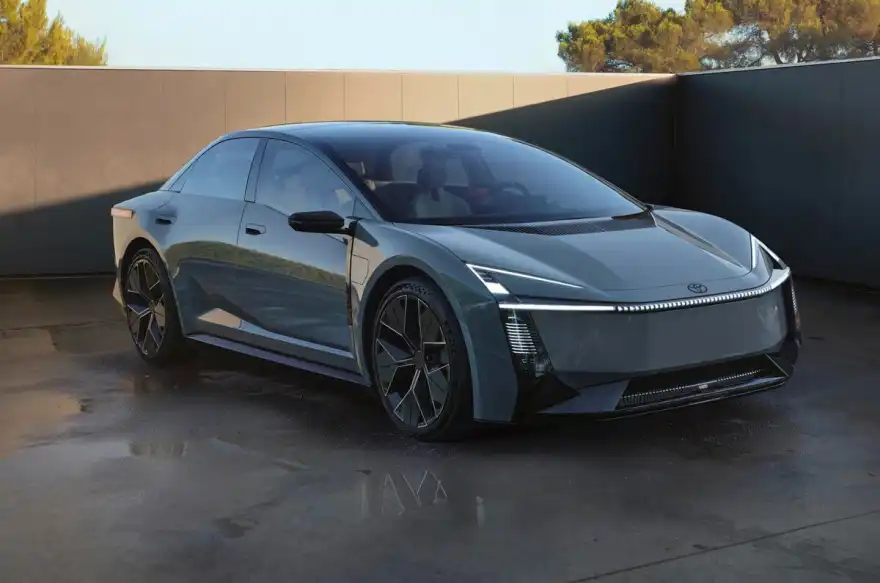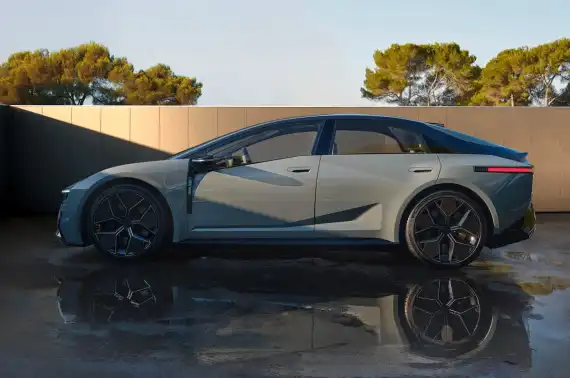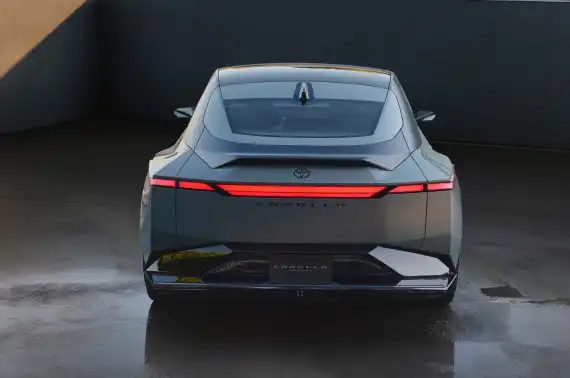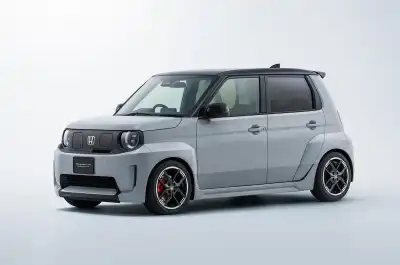
Toyota is preparing to reinvent its iconic Corolla for a 13th generation, giving the hatchback a dramatic new design, cutting-edge technology, and a choice of electric and petrol-based engines.
The Corolla, first launched in 1966 and now the world’s best-selling car with over 50 million units sold, will be completely reshaped as Toyota aims to take on the next Volkswagen Golf and Skoda Octavia.
Unveiled as a concept at the Tokyo motor show, the new model signals a full rethink of the car’s design and engineering.
“We’re going to reinvent the best-selling car of all time,” said Toyota designer Lance Scott, highlighting the importance of the Corolla’s global appeal and the company’s goal to keep it relevant for every type of customer.
Choice without compromise
A key part of Toyota’s plan is flexibility. The next-generation Corolla will offer a range of powertrains – including full electric, plug-in hybrid, traditional hybrid and petrol – all built around a new compact engine design. This smaller engine layout allows for the concept’s sleeker look and makes it easier to accommodate multiple drivetrains.

“You can choose your powertrain, but you’re not going to compromise on space, style or functionality,” Scott explained.
He added that Toyota’s mission was to make sure the Corolla remains “a car for the majority”, while recognising that “the majority don’t necessarily want the same thing”.
Not just electric - yet
Unlike some rivals, Toyota doesn’t plan to make the next Corolla a fully electric-only model. Instead, it will offer several power options to suit different markets and buyer preferences.
“It’s about providing everyone with the right choice,” said Scott. “We don’t want to leave anyone behind.”
When asked if the Tokyo concept is close to the final production model, Scott hinted that it could be:
“Let’s see what happens. With a positive reaction from the show, why not? It’s believable.”
Toyota has a track record of turning concept designs into production models with minimal changes - as seen with the Aygo X Prologue and Urban Crossover - suggesting this new Corolla could follow a similar path.
Designed in Europe for a global market
Developed at Toyota’s European design centre in Nice, France, the concept aims to completely redefine what people expect from a Corolla.
“When we started, we wanted people to look at it and say, ‘I can’t believe that’s a Corolla,’” Scott said.
He noted that while the Corolla name carries the legacy, the design must evolve to meet modern expectations:
“Even mainstream customers now expect bold, high-quality design - not just something safe or familiar.”

Inside: simplicity meets technology
The interior marks a major departure from the traditional Corolla cabin. Gone are the rows of physical buttons; in their place is a minimalist, tech-led design.
Key features include:
- Steering wheel haptic controls for core functions
- An optional touchscreen for the passenger
- A satellite-style touch panel beside the steering wheel
- A new ‘floating’ centre panel with the drive selector and phone pads
The absence of a transmission tunnel, due to its EV-first engineering, creates a more open and modern cabin layout.
Scott stressed that despite its futuristic design, Toyota isn’t pushing the Corolla into luxury territory:
“We’re not trying to move the Corolla upmarket. It’s a cornerstone model - just updated for a new era.”
A bold step forward
Toyota wants the new Corolla to stand out in a fiercely competitive segment, going beyond gradual updates to make a real impact.
“Premium brands evolve gradually,” Scott said. “Mainstream brands need moments of reinvention - bold steps that put them ahead of the pack.”
The current Corolla is seven years old, meaning a successor could arrive as early as next year, though Toyota hasn’t confirmed timing or whether its Burnaston plant in Derbyshire will continue production.




